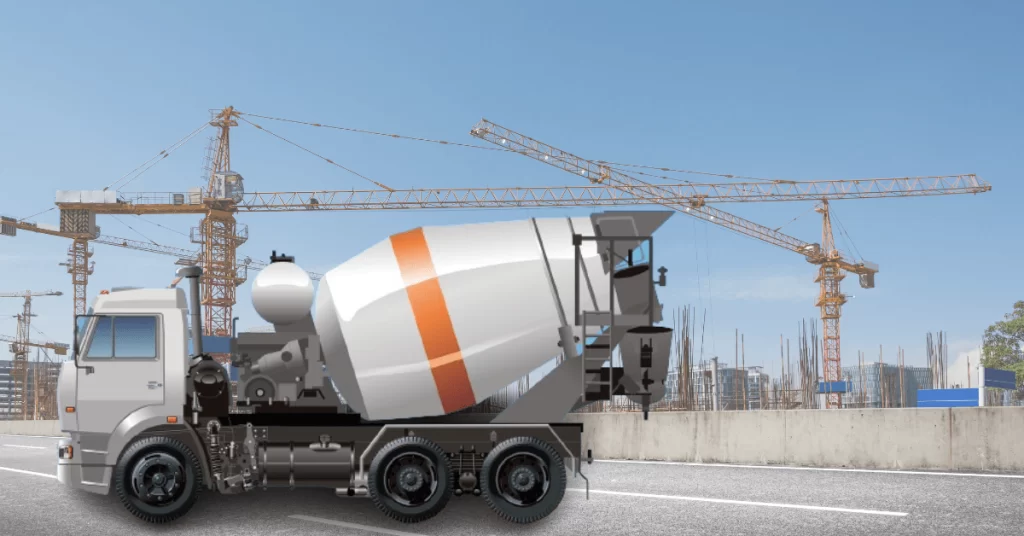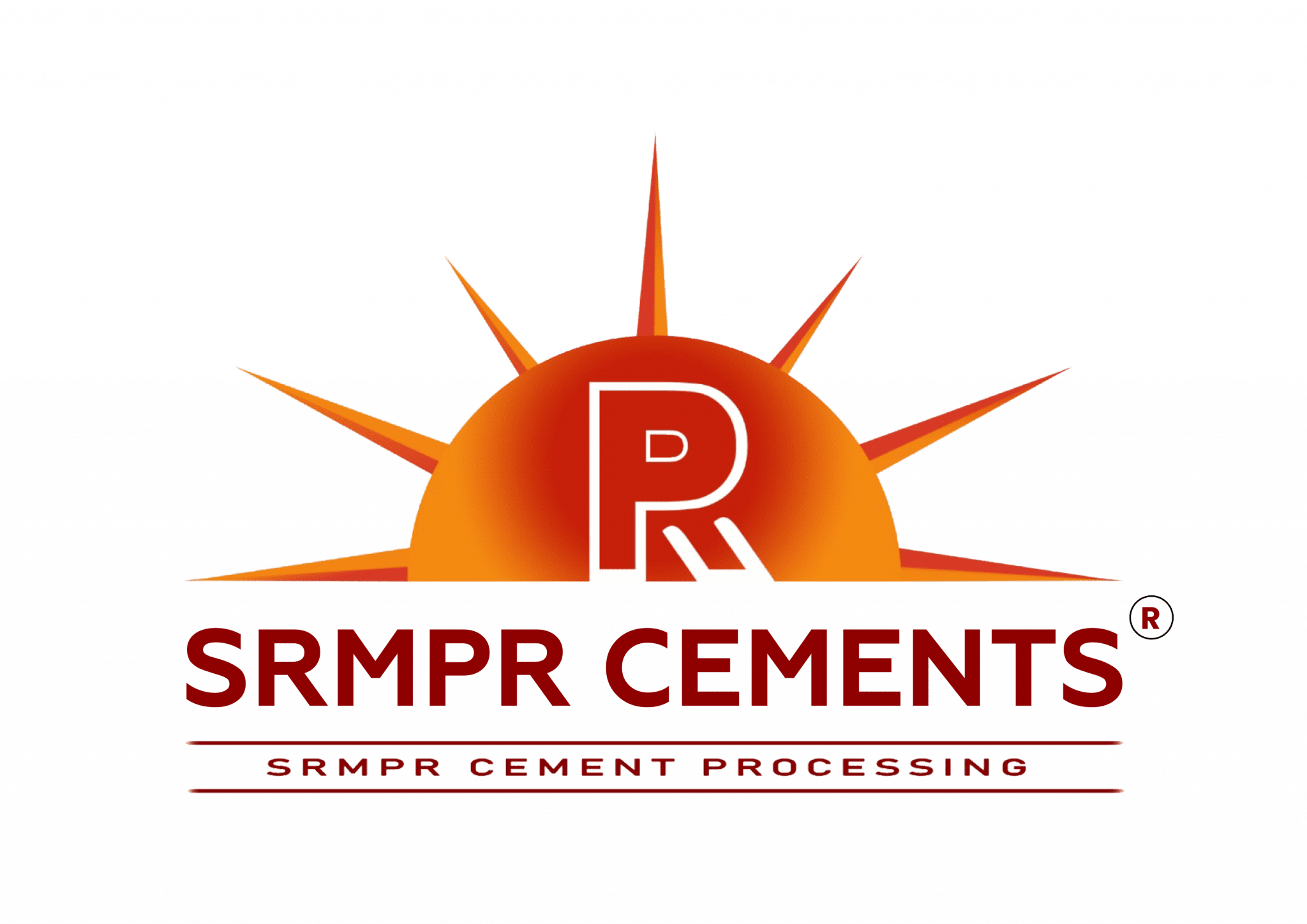Concrete, the most ubiquitous building material, achieves its highest density and strength when cement paste fills the spaces within the coarse aggregate, with sand binding the mixture into the mortar. For optimal density and strength, it is imperative that the cement coats each grain of sand thoroughly. Before the advent of mixer machines, the mixing process was manually executed using a shallow box and a shovel. However, the burgeoning demand in the construction sector has necessitated the adoption of various mechanical processes and machinery for efficient mixing. Let’s explore what types of concrete mixer machines are available.
What is a concrete mixer machine?
A concrete mixer machine is a vital tool in construction, utilized to blend cement, water, and other components like sand, gravel, and additives to create concrete. These machines come in stationary or portable forms and vary in size, from small units easily transported by hand to large industrial-grade mixers for construction sites. Employed across diverse industries, concrete mixer machines enable on-site concrete preparation, allowing workers ample time for application before it solidifies. Their utilization not only streamlines construction processes but also minimizes the formation of cement lumps, enhancing worker efficiency and cost-effectiveness.
Types of Concrete Mixer Machines
There exists a diverse array of concrete mixer machines, each tailored to specific construction needs and preferences.
Continuous Concrete Mixer
In continuous mixers, materials are continuously introduced and discharged in a steady stream, often facilitated by screw feeders. While offering high productivity, controlling material ratios and mixing duration can prove challenging due to the ongoing nature of the process.
Self-loading Concrete Mixer:
These versatile machines are designed to autonomously load, dispense, and transport concrete on-site, making them particularly effective in confined spaces where access to conventional batching plants may be limited.
Compulsory Concrete Mixer
Equipped with twin shafts and various essential components such as mixing devices and discharge systems, compulsory mixers ensure thorough and automated mixing processes, ideal for demanding concrete applications.
Rotary or Non-Tilting Type Concrete Mixer:
With a discharge method restricted to drum rotation along its horizontal axis, these mixers may occasionally encounter segregation issues due to slower discharge rates.
Tilting Type Mixer:
Utilizing gravity to swiftly discharge the mixture, tilting mixers are efficient in blending semi-dry concrete with plasticity, boasting reduced noise levels, reliable performance, and enhanced mobility.
Forced Concrete Mixers:
Specifically engineered for hard concrete, lightweight aggregate, and liquid concrete, forced mixers ensure continuous and uniform blending, often found in concrete batching plants.
Self-propelled Concrete Mixers:
Featuring vertically positioned stirring blades within a rotating drum, self-propelled mixers rely on gravity to elevate and drop materials, facilitating horizontal drum rotation for thorough mixing.
Vertical Shaft Mixer:
Utilized in both high-performance and conventional concrete applications, vertical shaft mixers employ a circular pan with star-patterned blades to achieve uniform mixing.
Horizontal Shaft Mixer:
Designed for efficient mixing of various aggregates, particularly larger ones, horizontal shaft mixers excel in producing homogenous slurries, making them suitable for dry hard lightweight concrete.
Drum Mixers:
Characterized by a unique double conical frustum shape, drum mixers incorporate single or multiple sets of blades to ensure efficient mixing, preparation, and discharge of high-quality concrete blends.
Pan Mixers:
Employing a cylindrical pan as the central mixing element, pan mixers utilize star-shaped blades to thoroughly blend concrete ingredients, offering versatility across different project scales.
Reversing Drum Mixers:
Renowned for producing concrete in well-defined batches, reversing drum mixers feature entire drum rotation and innovative loading and unloading mechanisms for efficient mixing.
Twin Shaft Mixers:
Leveraging two counter-rotating shafts, twin shaft mixers offer rapid and thorough mixing of large quantities of concrete, making them indispensable for industries demanding top-notch output quality.
Each type of concrete mixer machine possesses distinct features and functionalities, catering to the diverse needs and preferences of construction projects across various scales and complexities.
Frequently Asked Questions (FAQs)
1.What is the maximum allowable duration for concrete to remain in a mixer?
Concrete from a truck mixer or agitator truck, whether at a central or mobile ready-mix plant, should be discharged within two hours. This timeframe is reduced to one hour if non-agitating transportation machinery is utilized.
2. How long should concrete be mixed inside the machine mixer?
To prevent cold joints, it’s recommended to complete all mixing and placement within approximately one hour from the start of mixing. Typically, this allows for up to 12 mixing cycles, with each cycle lasting approximately 5 minutes.



